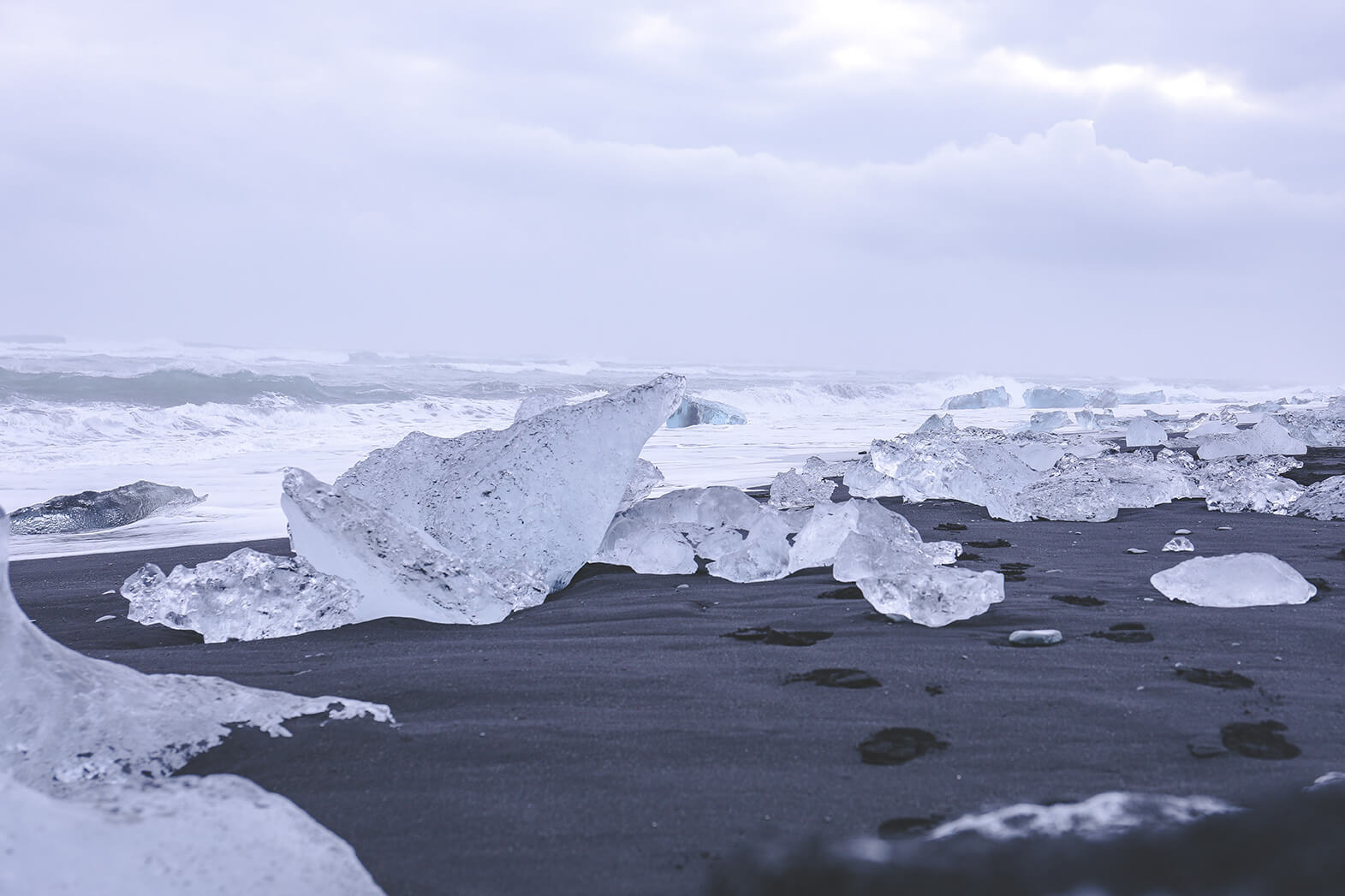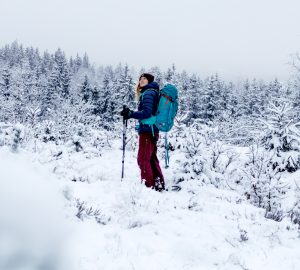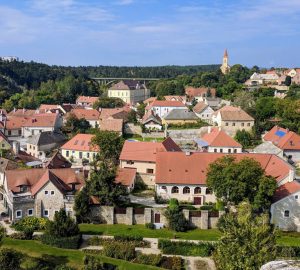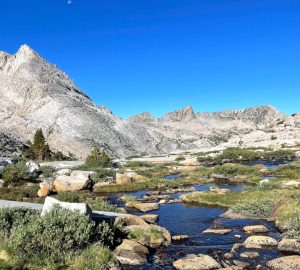Outdoor friends are drawn in by the fascinating nature and culture of the island. It offers an unbelievable variety of natural wonders and sights. In the following we introduce you to our favorites.
Reykjavik and the Blue Lagoon
While touring through Iceland, you should definitely stop by in Reykjavik. Being the most northern capital of the world, the city offers many cultural highlights. You gain insights in the alternative art and music scene of the country and you learn about Iceland’s history in many museums. Also the city’s immediate surrounding area has many attractions waiting for you. Steaming water springs surround Reykjavik and reward the visitors not just with atmospheric and mystical natural impressions. Presumably, those springs are also responsible for the name Reykjavik (“Reykja” = smoke”, “Vik” = bay). One special highlight is the Blue Lagoon (Bláa Lónið). It’s a salt water lake with a temperature of 37 to 42 Degrees Celsius, which guarantees an outdoor bathing pleasure at all seasons.
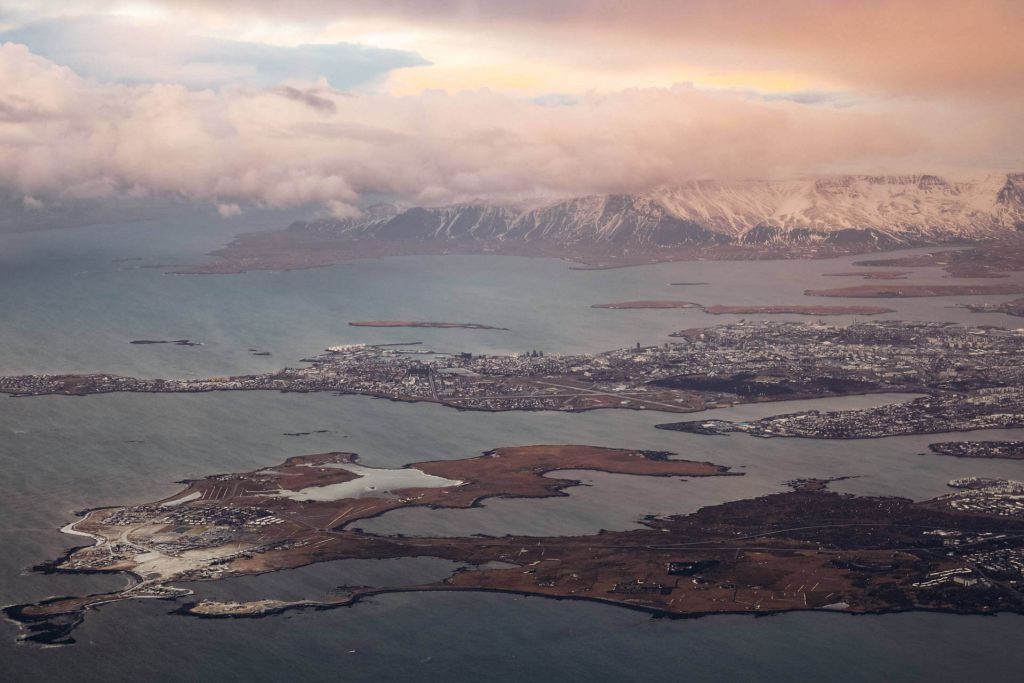
Akranes – an Idyllic Port City
North of Reykjavik (taking national road 1), in the region of Vesturland, you find the port city of Akranes. With a population of 6699 citizens, it is the biggest town of Western Iceland. Besides lighthouses along with viewing platforms as well as the Glamour waterfalls, the spacious museum grounds are a visitor magnet. The open-air and country museum covers many interesting exhibitions, for example a boat and fishing museum, where you can see the oldest maintained fishing boat of the world.
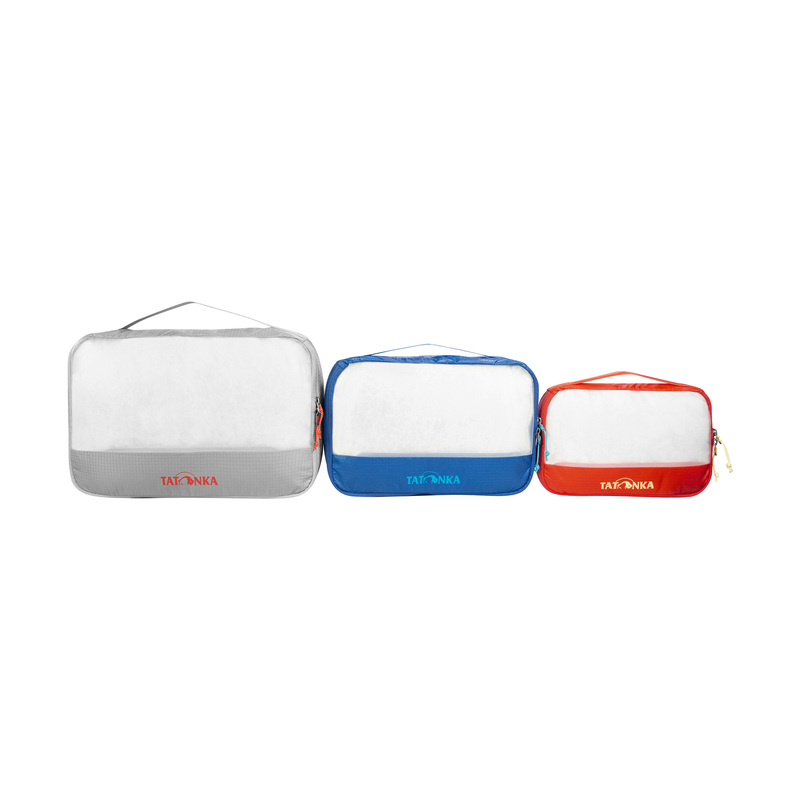
Mesh pockets for neatly storing and compressing luggage in suitcases or backpacks.
The different sizes and colors also ensure that what you are looking for can be found quickly.
“Great Geyser” – Eponym for all the Hot Springs in the World
In the South of Iceland, within the geothermal area of Haukadalur, lies the popular “Great Geyser” (Stóri Geysir), whose name shapes the whole generic name of hot springs. Generally, the term “Geyser” describes a water spring, which, in a fountain, transports boiling hot water from the interior of the earth to the earth’s surface. This fascinating natural spectacle characterizes the island’s nature and should not be skipped. The Great Geyser is 10.000 years old and has calmed down in the past years, thus only shows rare activity. Its little brother Strokkur, however, is way more active. Reliably, it erupts in time lags of just a few minutes and achieves a height of up to 30 meters. While watching, you should definitely consider the wind direction. Otherwise you’ll get a hot shower.
Vatnajökull National Park
The Vatnajökull Nation Park was founded in 2008 and includes the natural protected area of Skaftafell National Park. Being a cultural heritage of the island, Vatnajökull is a great opportunity to learn more about Iceland’s flora and fauna on extensive hikes. Parts of these tours cover the Svartifoss waterfall as well as the mystical Northern Lights. The national park is equipped with campsites and tourist information.
Also interesting: Trekking Tours Iceland – Three imposing trekking tours in the land of fire and ice
Eyjafjöll Glacier
With a height of 1651 meters and an area of 78 km², the glacier of Eyjafjöll (Eyjafjallajökull) is the sixth biggest glacier of the island. Eyjafjöll Glacier is especially worth seeing, since beyond the glacier lies the active volcano Eyjafjöll. Not far away from Thingvellir National Park and surrounded by many waterfalls and glaciers you can see the Icelandic nature in all its facets. A close-by tourist center provides you with more information.
Endless Mountains of Landmannalaugar
The apparently endless and colorful mountains of Landmannalaugar in the South of Iceland invite you to extensive hiking and trekking tours. They are developed and marked along the way. Those who want to discover this scenery shaped by volcanoes will be rewarded with panoramic views and a wide, natural color spectrum. Different volcanic rocks and agglomerations of sulfur and limestone give the mountains a peculiar color setting, which is complemented by mosses and small snowfields. The trekking cottage in Landmannalaugar provides you with important information. Furthermore, you can relax in one of the nearby hot springs.
Reading tip: Hiking tours Iceland – The most beautiful hikes through Iceland
Dettifoss – the Falling Waterfall
Dettifoss is the biggest waterfall in the Northeastern part of Iceland, and also the most powerful waterfall throughout Europe. About 30 km before the estuary of the Atlantic Ocean the river Jökulsá á Fjöllum falls into the Jökulsárgljúfur canyon; Dettifoss is the second and longest stage of the fall. If you are planning a trip to Iceland, you should not miss this breathtaking natural spectacle.
Glacial Lake Jökulsárlón
The Icelandic term Jökulsárlón means “glacial lake lagoon” and perfectly describes Iceland’s biggest and deepest glacial lake on Vatnajökull’s southern edge. The scenery is known from movies like “James Bond” or “Batman Begins”. 15 meter icebergs drifting in the lake are definitely worth seeing. Along the shore you find several well developed hiking routes for exploring the surrounding.
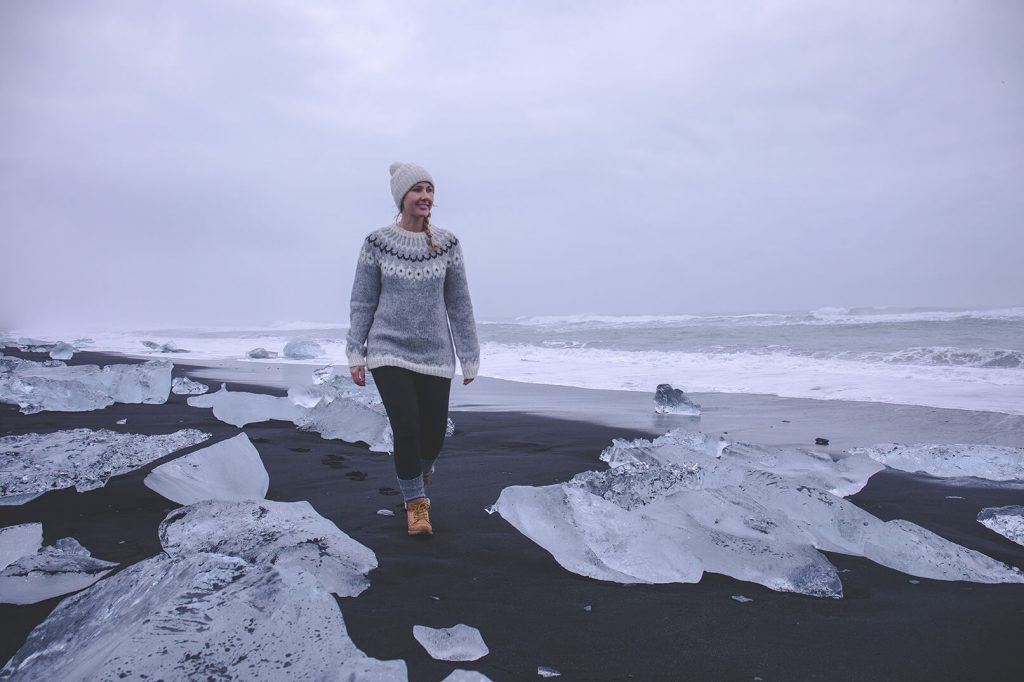
Westman Islands – a Volcanic Archipelago in the South of Iceland
The Westman Islands (Vestmannaeyjar) are an archipelago, which lie 10 to 30 km south of the Icelandic coast. Being a part of the independent and eponymous volcanic system, the archipelago is 38 km long. The biggest and only permanent inhabited island Heimaey has a size of just 14, 5 km². Thanks to profitable fishing, it is one of Iceland’s richest places. Besides the impressive landscape, you find lots of sights. We’d like to emphasize the “Pompeji of the North”. This is a settlement which was sloped by the volcano Elffell, which erupted in 1973. Also, Stórhöfði, the windiest place of Europe and Gaujulundur, a blooming garden in the middle of a lava field are definitely worth seeing.




